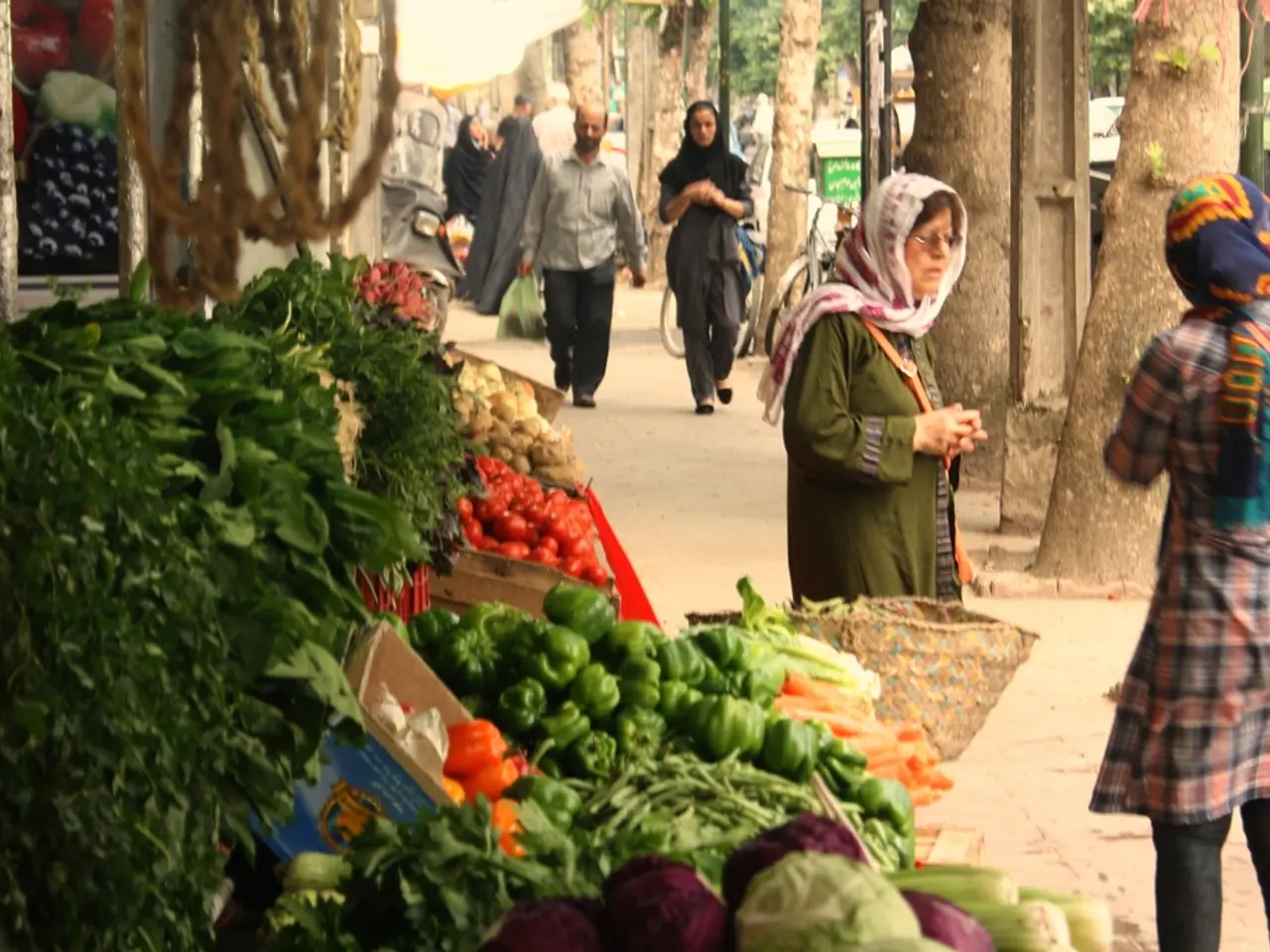Indian agricultural exports have witnessed a significant surge, registering a 23.24% increase, reaching over Rs 25,500 crore, during the period of March to June.
India's Agricultural Exports Soar Amid Global Challenges
India is making significant strides in expanding its agricultural exports, with a focus on key markets in the Gulf countries and a comprehensive strategy that combines trade diversification, farmer welfare, technological advancement, and sustainability.
The Indian government's strategic objectives aim to increase farm exports, supporting the larger vision of "Aatmanirbhar Bharat," a self-reliant India. Key initiatives include protecting domestic farmers through high import tariffs, launching a $7 billion India-Middle East Food Corridor, promoting agritech startups, and modernizing Minimum Support Price (MSP) schemes.
The government is also focusing on enhancing existing agri-clusters and creating new ones, tailored for specific products, to meet international standards. A product-market matrix has been created to identify "products of strength" and known markets for newer items, with fresh fruits and vegetables like grapes, mangoes, pomegranates, onions, potatoes, and cucumbers-gherkins emphasized in the export promotion plan.
India's agricultural exports have hit record highs, poised to cross $55 billion in 2024-25. Top export items include marine products, rice, spices, coffee, fruits, vegetables, and processed foods. The government aims to diversify exports beyond low-value bulk commodities towards processed and value-added agricultural products, targeting premium global markets like the US, EU, and Japan to increase revenue and agro-processing capacity.
India's success in increasing agricultural exports during a difficult global period highlights its potential to become a top global exporter. A time-bound action plan has been established for edible oils, cashews, fruits, and spices to achieve import substitution. India's agricultural exports increased by 23.24% compared to the same period the previous year, totaling Rs 25,552.7 crore.
Despite ranking third in vegetable output and second in fruit production, India is positioned 14th and 23rd in vegetable and fruit exports, respectively. India also ranks 34th in wheat exports despite being the second-largest wheat-growing nation in the world. These figures underscore the potential for further growth in India's agricultural exports.
The government is not only focusing on traditional agricultural products but also fast-evolving niche industries such as nutraceuticals, health-conscious meals, and wellness foods. The creation of "Brand India" aims to enter new overseas markets and present innovative products, increasing the value realization.
The department of agriculture has created a holistic plan for boosting agricultural exports by examining specific commodities and product groupings. Eight product-specific Export Promotion Forums (EPFs) have been established within the Agricultural and Processed Food Products Export Development Authority (APEDA) to raise India's agricultural exports.
The Agriculture Ministry has launched Export Promotion Forums (EPFs) and strengthened current agricultural clusters to support agricultural exports. Several worldwide locations have been identified to support agricultural product exports. These initiatives not only help the country's external trade balance but also support the goal of self-dependence, advancing the aim of an "Aatmanirbhar Bharat."
The increase in agricultural exports is a testament to the strength of India's agricultural sector. Despite the challenges posed by the COVID-19 epidemic, India's agricultural exports continued, maintaining the world's food supply chain. These initiatives reflect a comprehensive strategy by the Indian government that balances protecting domestic farmers, integrating modern technology, expanding export markets, and embedding sustainability—all aimed at strengthening food supply chains and boosting agricultural exports for the country.
- The Indian government's strategic initiatives for increasing farm exports include promoting agritech startups, showcasing India's commitment to technological advancement in the agricultural sector.
- To strengthen food supply chains and boost agricultural exports, the Indian government's strategy combines modernization of Minimum Support Price (MSP) schemes with the integration of cutting-edge technology, ensuring a sustainable and technologically robust agricultural sector.




